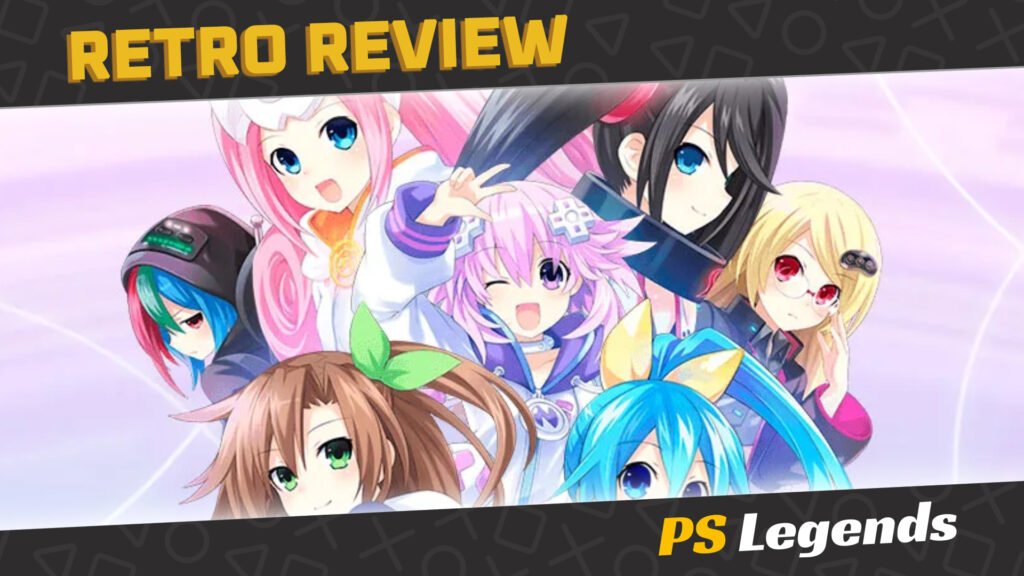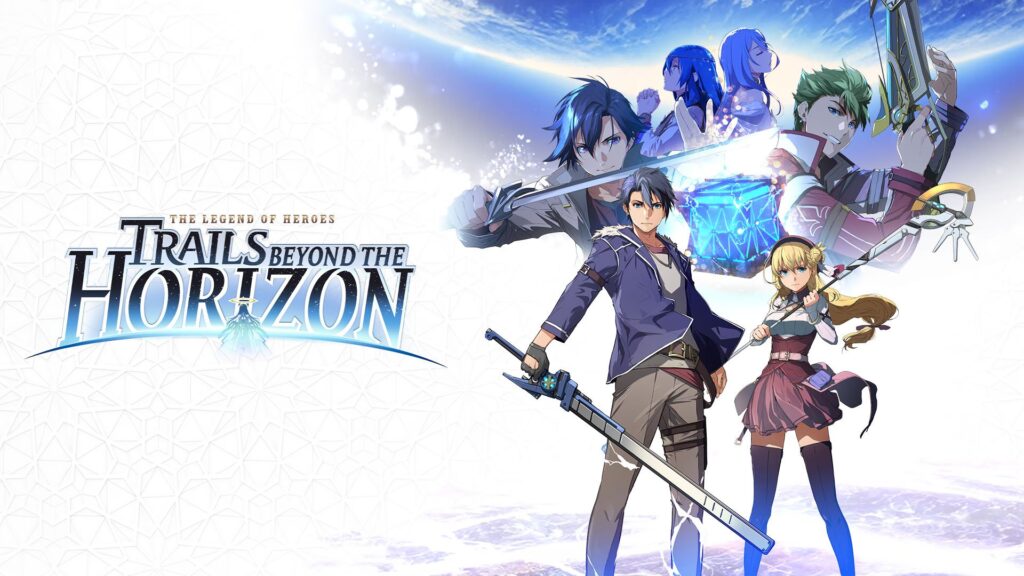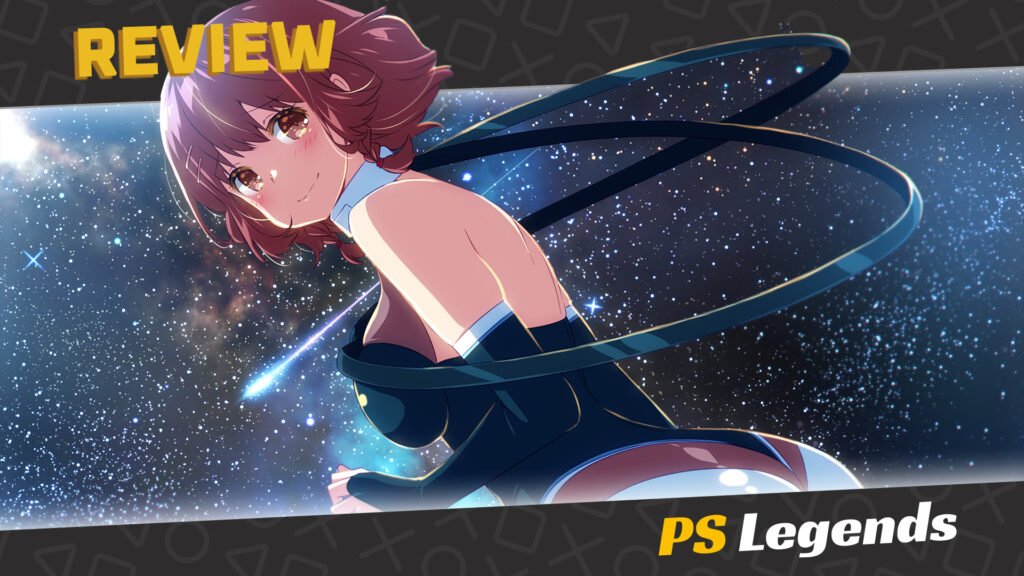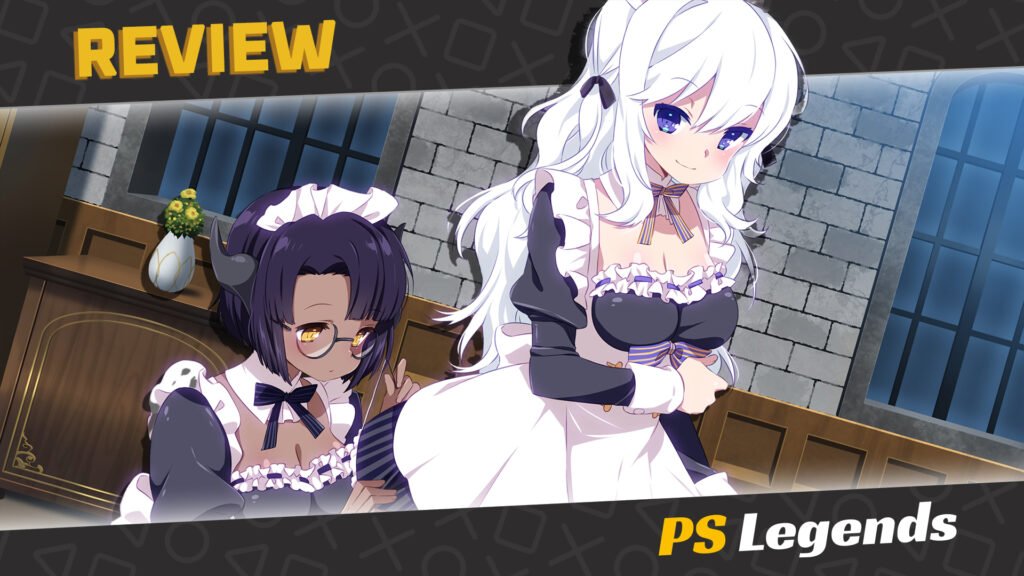
The flow of the Neptunia game series can be very confusing for the uninitiated. We’ll often bounce from dimension to dimension, retelling similar chapters of characters’ lives and even the same core stories, albeit with some big new twist, timeline reshuffle, or quirky new gameplay gimmick, not unlike Nintendo’s flagship Legend of Zelda series. Every chapter contains some small core component which contributes to the overarching saga, yet many of these games are standalone entries.
Sadly, not all stories are created equal, and there’s something really quite unfortunate about an otherwise excellent game that is held back by a plot that’s entirely forgettable. After playing through the entirety of Superdimension Neptune Vs Sega Hard Girls and having a great time with it, when reminiscing over the narrative for the purpose of this very review, I found myself struggling to remember, well, anything of note. Let’s revisit the game and (re)familiarise ourselves with the basics.
Introduction
Superdimension Neptune Vs Sega Hard Girls is a crossover game between the Hyperdimension Neptunia and the Sega Hard Girls franchises, developed by Felistella for the PlayStation Vita. While series mascot character Neptune will have a key role in the story, she isn’t the protagonist this time around, with Idea Factory’s mascot character IF and newcomer Hatsumi “Segami” Sega (a Hatsune Miku lookalike) promoted to co-protagonists of the game. This is also the first game where Noire, Blanc, Vert and Compa are entirely absent.
Sega Hard Girls is a similar franchise that also turns Sega consoles into ‘moe anthropomorphic’ characters. It is a Japanese multimedia project from Sega which was adapted as a light novel and into the anime Hi☆sCoool! SeHa Girls. Collaboration project Superdimension Neptune Vs Sega Hard Girls was released for the PlayStation Vita in Europe and North America in October 2016. It marks an unexpected return by Sega to the Neptunia franchise after their absence following the original game.

Story
At this point in the series of the games, we should all be familiar with the ‘CPU’ Goddesses of Gamindustri who rule their respective nations which represent game console manufacturers, while the Goddesses themselves represent the actual hardware. In this alternate version of Gamindustri, most nations have been broken into disorganised settlements by an ever-expanding wasteland. Brave adventurers explore the ancient depths of the wasteland in search of fame and fortune.
The Grand Library holds the history of the world within its shelves. Legend says that if one were to tamper with the books kept there, the past itself could be rewritten. The young adventurer IF hops on her motorcycle, hunting the secrets awaiting her in the lost library. Finally arriving at her destination, IF soon becomes entwined in a series of bizarre events, beginning by catching an amnesiac girl known as “Segami” who falls from the sky.
Seeking help inside the library, IF teams up with the librarian, Histoire, to help Segami, only to find that books are being gradually damaged or vanishing from the library by an unseen force, resulting in chapters of the world’s history disappearing before her eyes. Using rifts in the space-time continuum, IF sets out on a journey across time to uncover the truth. Venturing into the past, Segami develops an unusual desire to alter history to settle disputes between the CPUs and their new rivals, the Sega Hard Girls, hoping their efforts may save the dying world in the process.

Gameplay
The adventure takes place across four different eras: the classical-themed Mega Drive Era, the medieval-themed Sega Saturn Era, the industrial-themed Game Gear Era, and finally the modern Dreamcast Era. The Grand Library acts as the game’s hub area and serves many functions, including shops, quests, and travelling between eras to tackle dungeons, and meet and recruit new allies.
IF is a tough, agile, and determined protagonist, able to perform nimble manoeuvres to traverse dungeons in fun new ways. IF can dash, jump, and even combine the two into a dash-jump. Some walls have ladders or overgrown ivy that IF can scale. She can also swing across suspended ropes to reach new areas, and crawl through holes and spaces that can’t be accessed when moving normally.
Battles are turn-based and consist of parties of up to 4 playable members. During the player’s turn, the player can control the character and move about the battle field. The current turn belongs to the character who’s icon is on top of the turn order list. Once that character’s turn is over, their icon will move to the bottom of the list and the order will advance.
The Action Gauge (AG) will fill as you move, attack, use skills, or use items. You can move around freely until your gauge is completely filled. By attacking, your ‘Fever Gauge’ will begin to fill. When it reaches 100%, a rainbow-coloured gem will appear above the battlefield. Collecting this gem will trigger ‘Fever Time’, increasing the stats of each party member by 10%, unlocking powerful ‘EXE Drive’ special attacks and skipping the enemy’s next turn.

Graphics/Sound
The game looks great on the PS Vita, also featuring a pleasing conversion on PS TV. Character models are smooth, unpixelated, colourful and bright in both their 3D cel-shaded and 2D cutscene versions, though as before you’ll still find many copy-pasted character models and locations from previous games in the series. Whilst visually the games haven’t evolved much since the PS3 era, they’re still pleasing on the eye, though the frame-rate would certainly benefit from a hefty boost.
The game’s returning English voice actors do a stellar job once again and are always a welcome addition. Sadly, the music continues the series’ trend of recycling old music tracks again and again, which does get a tad jarring as we’ve heard these same few tracks so many times over the last decade that it’s really getting old.

Replayability/Trophies
The game flow works a little differently from other Neptunia games. Rather than going along a linear story, Neptune Vs SHG takes a cue from the very first game and has several stories running alongside one another which can be switched to anytime by simply selecting story quests for the desired era. Quests do have time limits so you’ll need to keep an eye on those and prioritise your activities accordingly.
This player-controlled narrative also means that you can technically challenge the final boss whenever you like. Victory here will score you the ‘Normal’ ending, which will only cover part of the story, missing out Segami’s character arc and leaving her in a not-unexpected mood with the cast (and the player). To score the game’s ‘True’, happy ending, you’ll want to follow a guide to complete the additional requirements, since in Vita-era Neptunia fashion, the game doesn’t properly reveal these to the player.
Following a guide, while cumbersome, does have the additional advantage of steering you on the path to one of the series’ easier, yet entirely missable platinum trophies. Many of the story trophies are missable since the game can be ended early via the ‘Bad’ or ‘Normal’ endings, but we’ve always got the option of ‘New Game+’, keeping our character levels and items intact while we try again for the next desired ending.

Conclusion
For what is technically a spin-off title in the series, Neptune Vs SHG is a surprisingly eventful adventure, though not in the way we might expect. While the overall narrative is rather forgettable in the grander Neptunia saga, the character arcs and interactions here prove invaluable in working out, once and for all, exactly which Sega console each of the Neptunia characters represent by having them face off against their Sega Hard Girls counterparts.
There is, sadly, a glaring hole in this setup, since we have a Sega console goddess missing from the roster. While there is a Sega Hard Girl who appears in the game as an NPC known as Master System, her Neptunia counterpart, referenced in past games as Uranus Caelus, a ghostly, retired CPU, is curiously absent here. As Neptunia fans have been waiting for Uranus’ appearance for many years, this feels like a missed opportunity, since this one-off Sega console reunion is the perfect time to bring her into the line-up.
Players will likely have differing opinions on the roster. While we’re missing a fair few regular characters, even including protagonist IF’s potential love interest Compa, we’re gaining a fair few new characters in the process, plus the return of some long-missed favourites such as Plutia, whose quirkily sadistic personality could potentially pave the way for a game of her own someday; We can hope.
Superdimension Neptune Vs Sega Hard Girls is a solid entry in the saga, with a combat system that doesn’t differ too much from what’s tried and tested before, and with characters that bring something fun to the narrative. However, fans will find loose ends leftover from the game’s style of storytelling, some of which are triggered by the likelihood of the game’s ‘Normal’ ending, which seems to skip over key content, particularly regarding Segami’s story. A sequel could really help tie up some of these loose ends, but with Sega retiring the SeHa Girls brand, this was likely never meant to be.
Joys
- Some interesting, moving character arcs
- IF is a surprisingly solid protagonist
- Plutia’s back!
Cons
- Unclear ending requirements can easily result in the boring ‘Normal’ ending
- Some missing characters, oddly including the elusive Uranus Caelus
- Recycled assets



